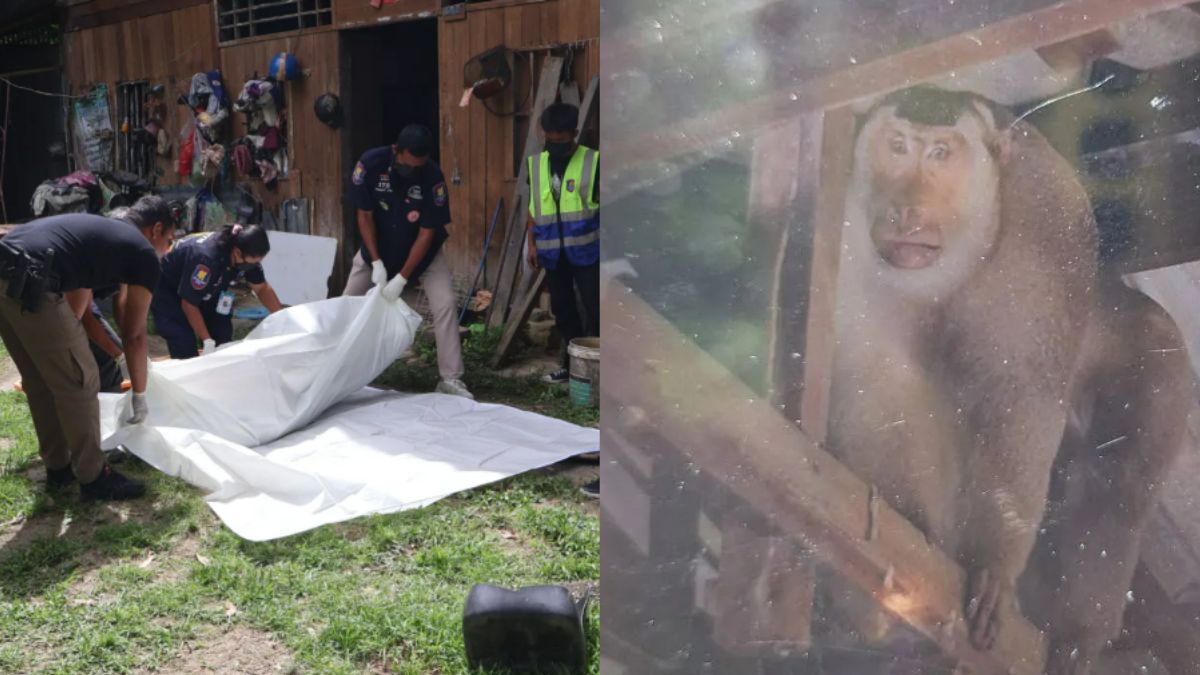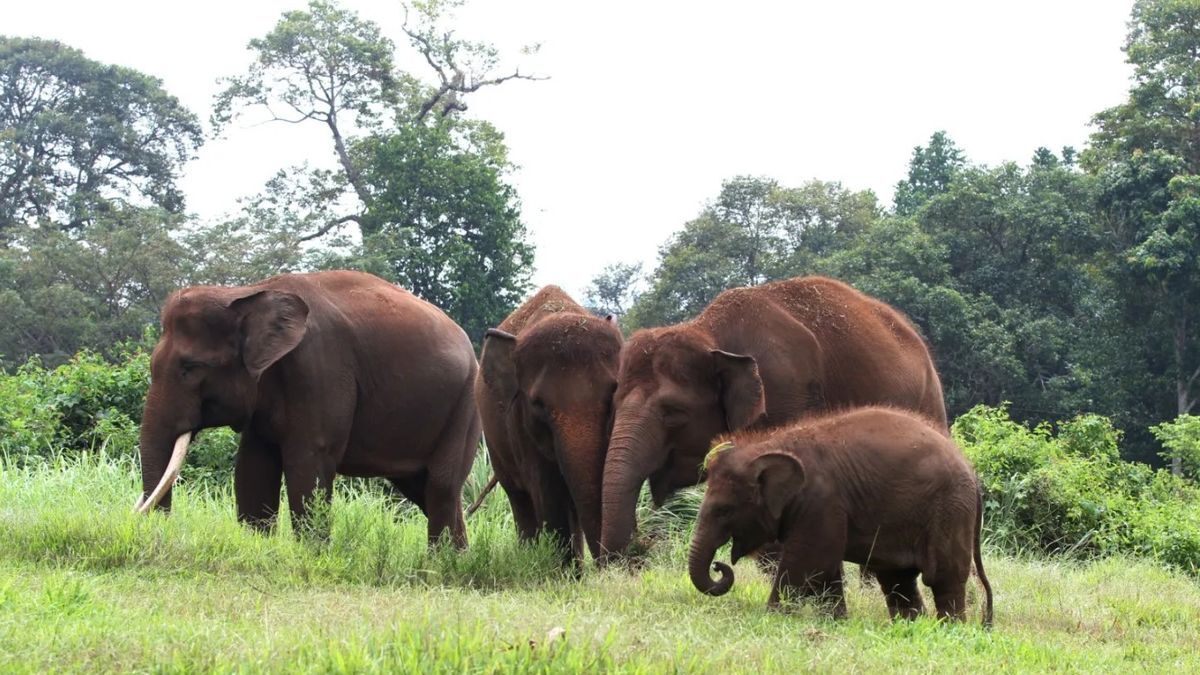Wildlife observer warns Lentor could repeat Punggol’s macaque conflict
A wildlife observer has urged authorities to prevent Lentor from becoming “another Punggol”, after macaques culled in 2024 highlighted tensions between urban development and wildlife conservation in Singapore.

- Wildlife observer Jimmy Tan warned Lentor could face the same macaque conflict seen in Punggol, where animals were culled in 2024.
- NParks received around 200 macaque-related reports in Punggol between September 2024 and March 2025, prompting sterilisation and culling.
- Conservationists argue that deforestation and inadequate environmental safeguards are the root causes of rising conflicts.
A wildlife observer has expressed concern that Lentor could face the same challenges as Punggol in managing human-wildlife conflicts, following the culling of several long-tailed macaques by the National Parks Board (NParks).
Photographer Jimmy Tan wrote on the Singapore Wildlife Sighting Facebook group on 20 May that development pressures in Lentor had displaced native species, raising the risk of future conflicts.
Lessons from Punggol’s macaque conflict
In 2024, NParks culled several macaques in Punggol after deeming them “aggressive” and unsuitable for translocation. The decision followed a surge in monkey-related incidents in the area, once heavily forested but now extensively developed with new housing and the Singapore Institute of Technology campus.
Between September 2024 and March 2025, NParks received about 200 reports of macaque activity in Punggol. These included home intrusions and rummaging through exposed bins.
About 50 macaques were trapped in 2024. Most were sterilised and released into Coney Island Park, while those assessed as aggressive or persistent were culled.
In Parliament in March 2025, Minister for National Development Desmond Lee stressed that public safety remained the priority.
Criticism from animal welfare groups
The culling drew criticism from organisations such as the Animal Concerns Research and Education Society (Acres) and the Jane Goodall Institute (Singapore).
Acres’ chief executive, Kalaivanan Balakrishnan, called the move “deeply unfortunate” and urged stronger preventive measures. He argued that behaviour labelled as aggression was often opportunistic feeding, driven by exposed waste or human food provision.
Balakrishnan noted that rapid urbanisation left macaques with fewer natural spaces, making human contact more likely. He highlighted that residents’ actions—such as leaving bins uncovered or feeding monkeys—contributed to the problem.
Lentor’s development pressures
Tan pointed to similar risks in Lentor, where sections of forest were cleared for private housing projects. He said that while two green plots of a 30-hectare secondary forest were preserved in 2016 after discussions with residents and environmental groups, the rest—including rare freshwater streams—was lost to development.
Wildlife, including long-tailed macaques and the endangered Sunda pangolin, have since been observed in Lentor Hillock Park, a remnant of the original forest now surrounded by construction.
Tan reported sightings of macaques attempting to cross vacant land to return to their old habitat. He warned that once new condominiums are completed, these animals may be labelled as nuisances, as seen in Punggol.
“More needs to be done to avoid another ecological disaster caused by thoughtless development,” he wrote.
NParks’ management strategies
In response to rising incidents, NParks has adopted a multi-pronged approach. Measures include public education campaigns, monkey-proof bins, improved estate management, and stricter enforcement against feeding wildlife.
The agency has also worked with town councils to reduce exposed food waste and has planted more fruiting trees in Coney Island Park to encourage macaques to remain within natural habitats.
Patrols are conducted in affected areas to guide macaques back to forested zones, while sterilisation programmes continue to manage population growth.
Calls for stronger safeguards
While acknowledging the importance of educating residents to secure homes and avoid feeding wildlife, Tan argued that deforestation without adequate mitigation was the root cause of conflict.
He questioned why no Environmental Impact Assessment (EIA) or Environmental Monitoring and Management Plan (EMMP) had been conducted for Lentor Forest, drawing parallels with Punggol.
Environmental advocates say that requiring such assessments before development could reduce the displacement of native wildlife and help Singapore balance conservation with urbanisation.
Ongoing challenge
The debate reflects broader tensions in Singapore’s land use planning. Authorities face the dual demands of accommodating population growth and protecting biodiversity in one of the world’s most densely urbanised nations.
While some residents have expressed frustration over monkey intrusions, others have recognised that wildlife incursions are often the result of habitat loss.
As NParks continues to refine its strategies, observers warn that Lentor may test whether lessons from Punggol have been fully absorbed.








0 Comments